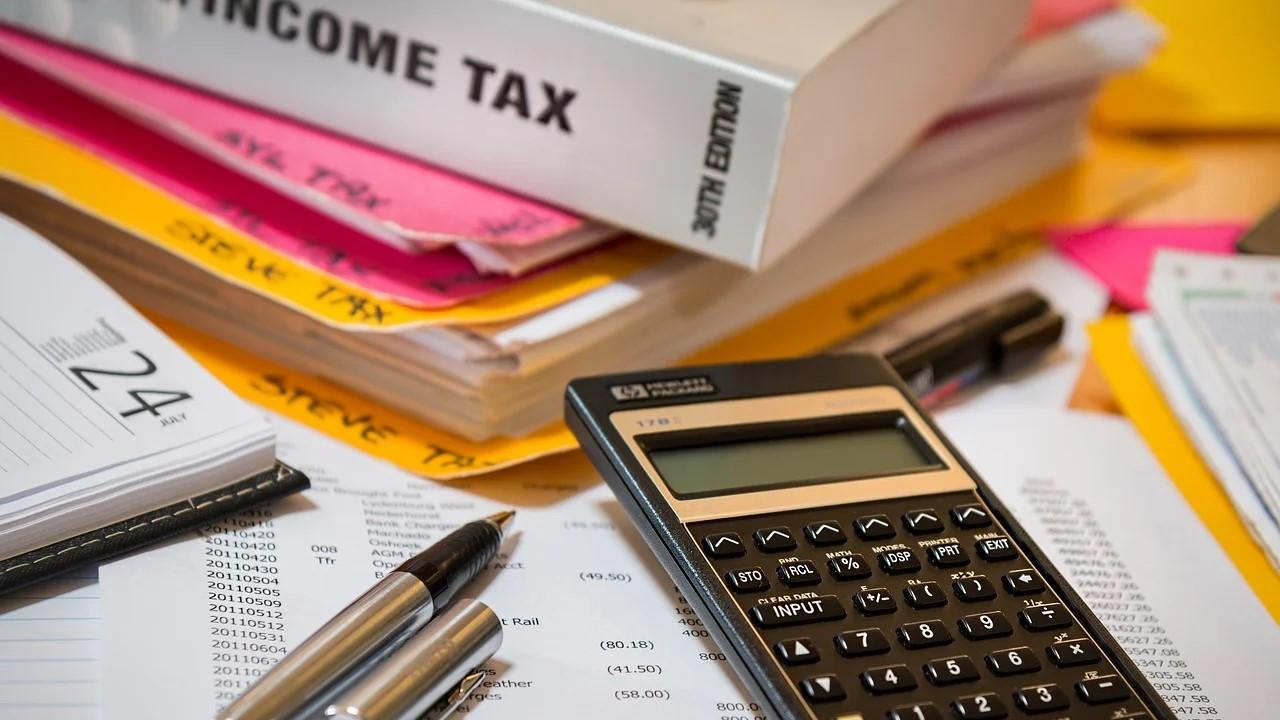How the IRS Taxes ETFs and Why ETFs Are Tax-Efficient
Uncle Sam always gets his share. How does the IRS tax ETFs? Here's what investors need to know about ETFs and taxes.
Dec. 9 2020, Published 12:02 p.m. ET
At the end of every year, investors start to think about the upcoming tax season. Some people sell off their stocks at the end of the year to take advantage of tax-loss harvesting. Investors have to think about taxes on ETFs too.
ETFs are known to be more tax-efficient than some other investments, but what are the logistics behind how ETFs get taxed?
Why ETFs are more tax-efficient than other investments
People tend to fawn over ETFs for two reasons:
- They are more transparent than mutual funds, so you can see what you are holding easily.
- They are more tax-efficient than mutual funds.
As for the latter, the efficiency has something to do with the NAV (net asset value). On average, mutual funds pay out an average of 6.46 percent of their NAV in the form of capital gains to shareholders on an annual basis.
In contrast, ETFs only pay out 0.01 percent of their NAV.
Less buying and selling goes on in a passively managed ETF basket. Naturally, that keeps capital gains to a minimum while you hold your stake.
Also, modern ETF shares are sold just like stocks. Brokerages don't have to go through the process of selling off each security for cash redemptions.
Equity ETFs tend to be more efficient than fixed-income ETFs because they have less turnover and no cash redemptions.
Standard ETF taxes only apply to taxable accounts
Standard tax rates for ETFs only apply in taxable accounts like brokerage accounts. As a result, your tax-deferred accounts (like a traditional IRA) are safe until it's time for you to withdraw your funds in the future. At that time, you will be taxed at the ordinary income rate.

Your ETF taxation depends on the sector and time held
Each type of ETF has its own tax treatment on gains. Plus, each one has varying rates depending on whether you hold the stock for the long term (one year or more) or short term (less than one year).
Note that the following percentages are based on the maximum income class for 2020. Short-term capital gains are taxed in line with your ordinary income rate. Long-term capital gains enjoy a lower rate, but the rate you pay still depends on your income class.
- Stock or bond ETFs as well as open-end currency ETFs are taxed up to 23.8 percent long term and up to 40.8 percent short term.
- Precious metal ETFs are taxed up to 31.8 percent long term and up to 40.8 percent short term.
- Commodity and currency ETFs with limited partnerships are taxed up to 30.6 percent for both long-term and short-term holdings.
- Currency ETFs with grantor trust are taxed at ordinary income rate up to 40.8 percent for both long-term and short-term holdings.
As for those limited partnerships, these apply to any commodity ETFs other than precious metals that use futures. They use a Schedule K-1 statement instead of Form 1099. K-1s are slightly more complex when it comes time to figure out your tax return, but you can always turn to a professional to help ensure compliance.


